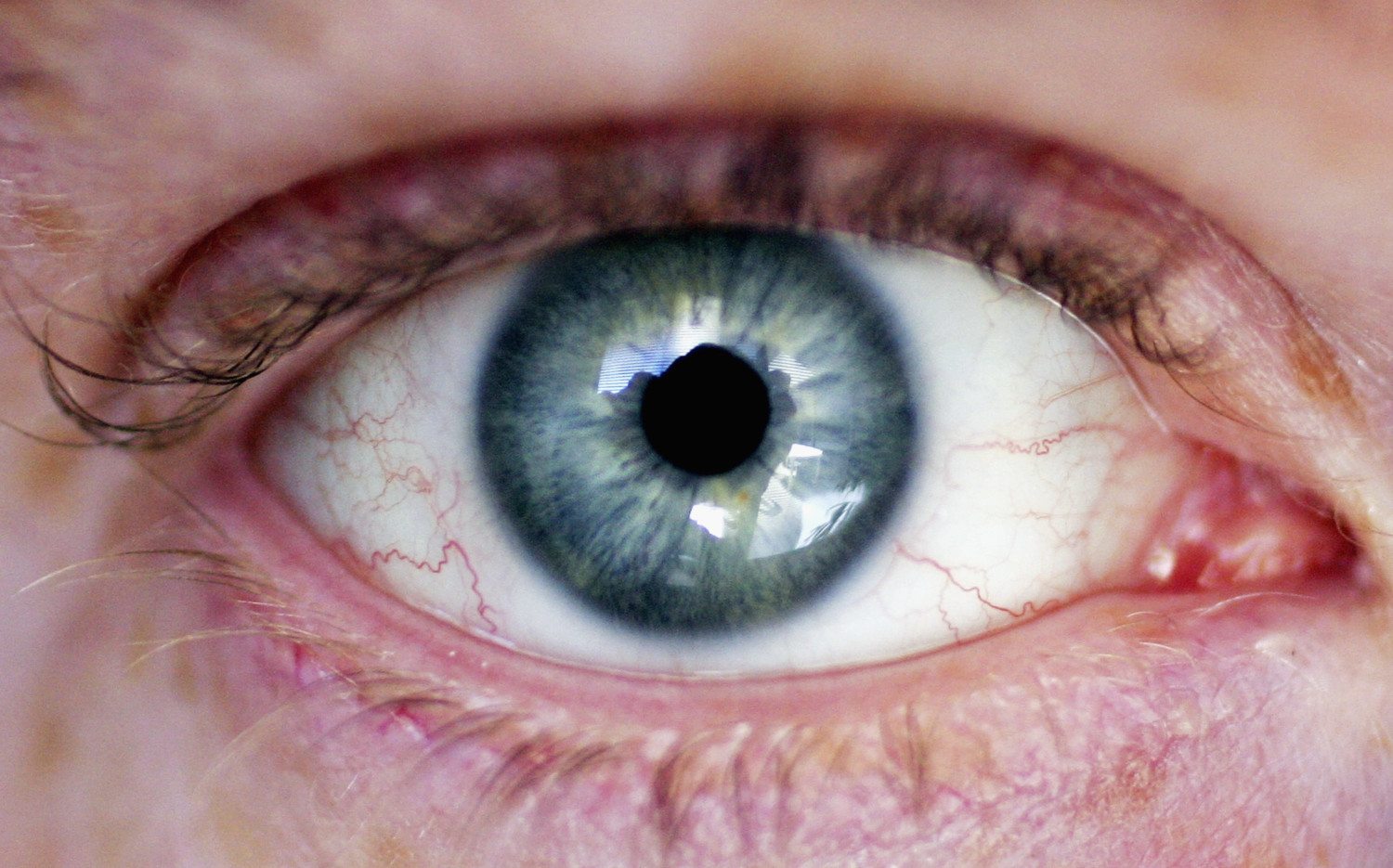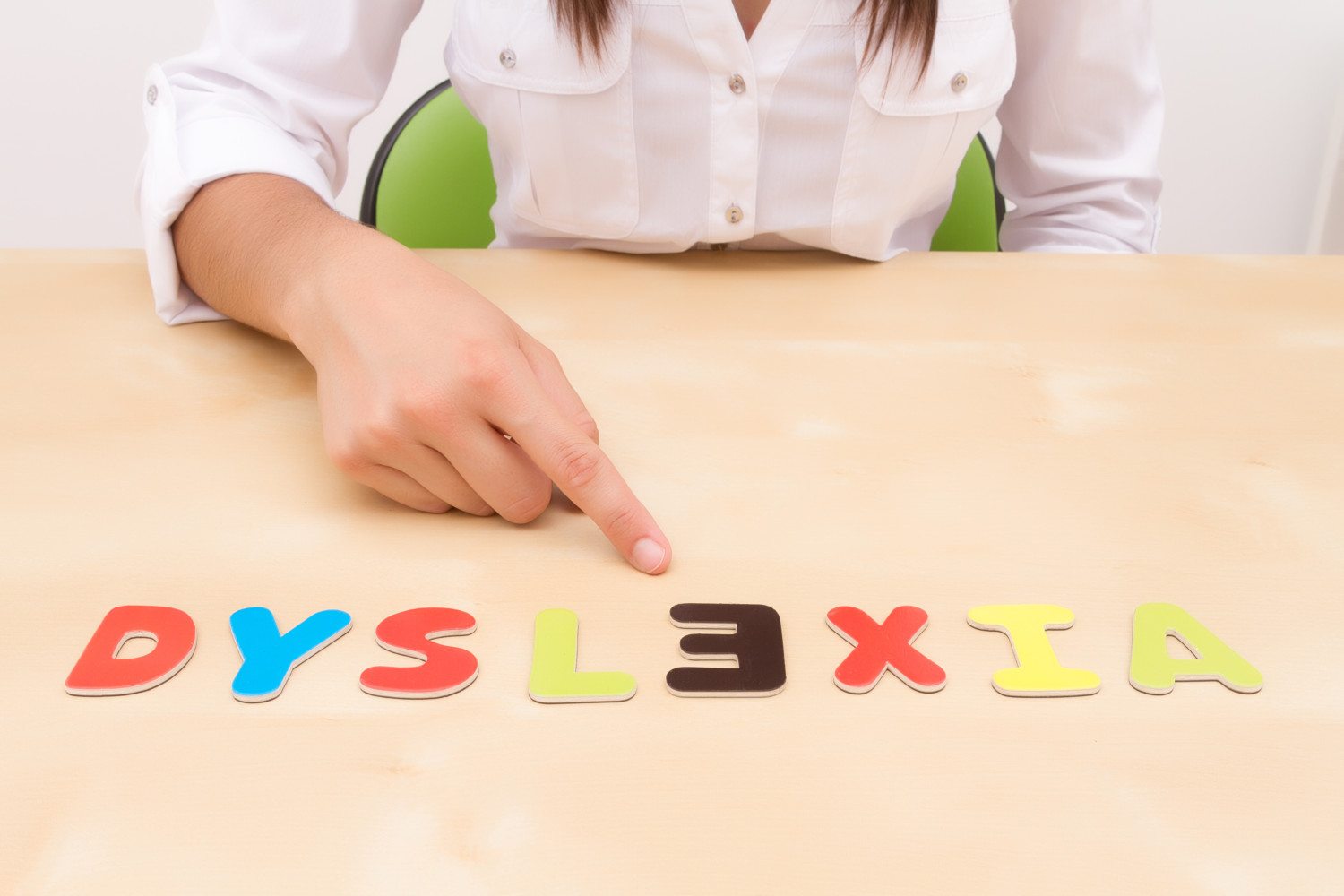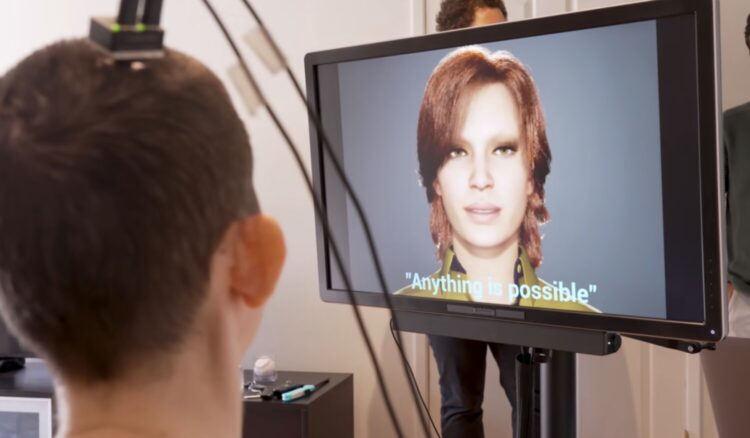Dyslexia may have more to do with our eyes than our brains
Dsylexia is a learning disorder marked by problems with identifying speech sounds and learning how they relate to letters and words (decoding), which in turn leads to struggles with reading. The condition has long been blamed on a problem in the brain. However, according to a new study published in “Proceedings of the Royal Society B,” the problem may actually originate in the eyes, not the brain, as was previously thought.
What Scientists Have Discovered
Scientists found a critical difference in the eyes of people with dyslexia as compared to those without the condition. The human eye has tiny light-receptor cells. In people with dyslexia, it was discovered that the cells were arranged in matching patterns in both eyes. This may account for the fact that people with the condition see “mirror” images. For example, it may be difficult for them to distinguish between a “b” and a “d,” or between an “E” and the numeral “3.” By contrast, in those without dyslexia, the cells are arranged asymmetrically, which allows signals from one eye to be overridden by the other eye to create a single image.
“For dyslexic students their two eyes are equivalent and their brain has to successively rely on the two slightly different versions of a given visual scene,” the study’s authors explained.
What Does This Mean For Those With Dyslexia?
This is only one study, and more research is needed before its implications can be verified and, in turn, used for treatment. In fact, the findings of this study contradict previous research, which found that dyslexics’ brains did not adapt as much to repeated stimuli, including spoken words, musical tones and faces.
Professor John Stein, dyslexia expert and emeritus professor in neuroscience at the University of Oxford, says that while the study is “really interesting,” it doesn’t explain the cause of everyone’s dyslexia. “No one problem is necessary to get dyslexia and no one problem is behind it,” Stein told the BBC.
Still, the research is promising in that it may offer clues as to a treatment for at least some people living with the condition. The researchers themselves used an LED lamp flashing at a rate so fast as to be invisible to the naked eye, which had the effect of “cancelling” one of the images in the brains of the dyslexic participants while they were reading. According to study co-author Guy Ropars of the University of Rennes, dyslexic participants called it the “magic lamp,” but further tests must be conducted to confirm its efficacy.
[h/t: Mental Floss]







